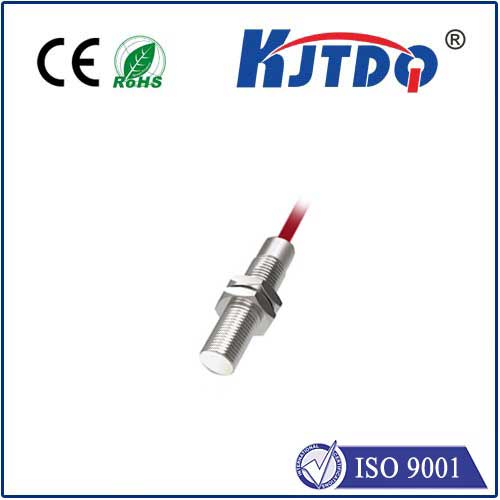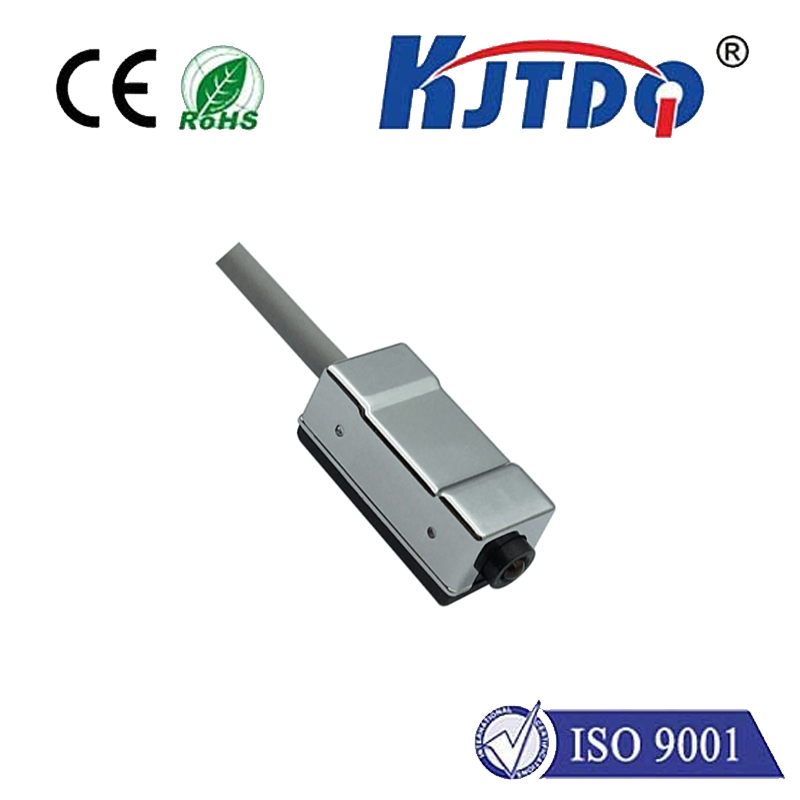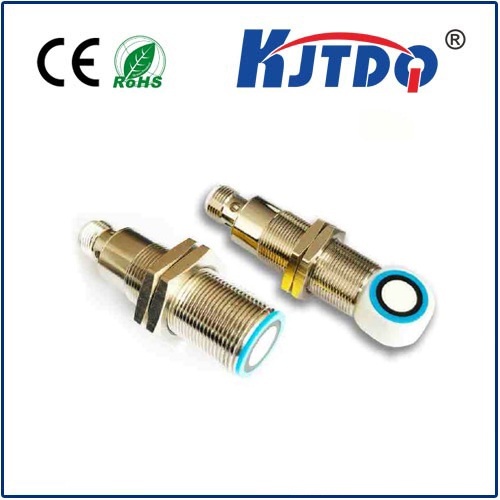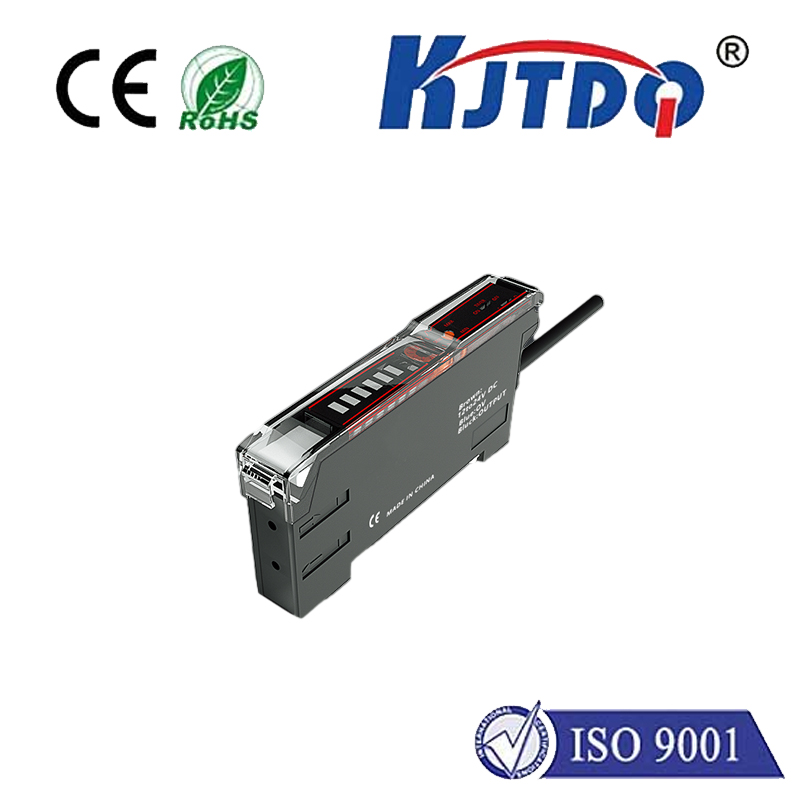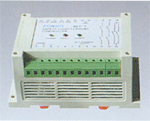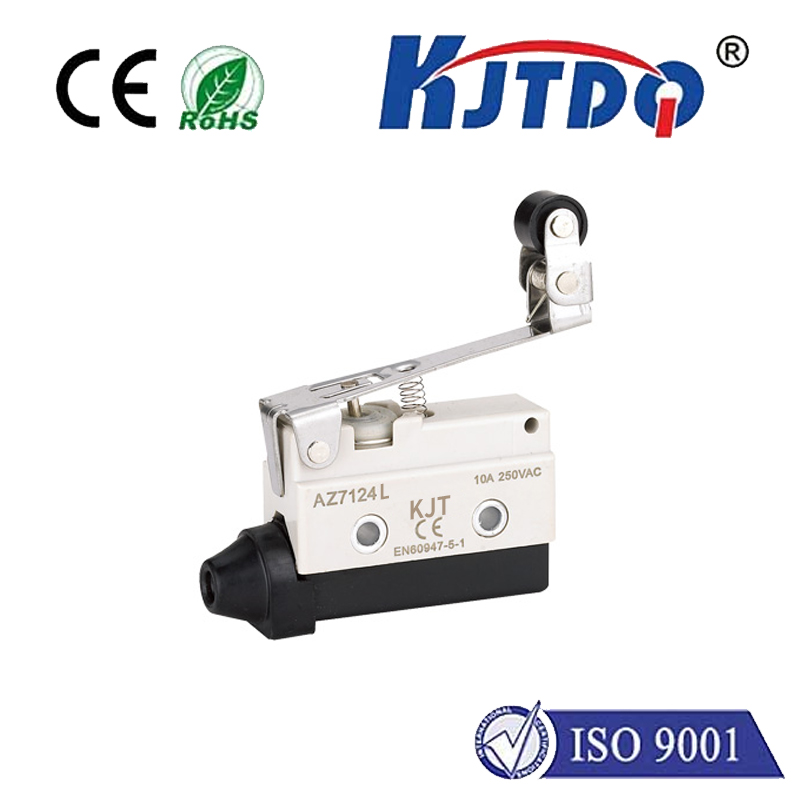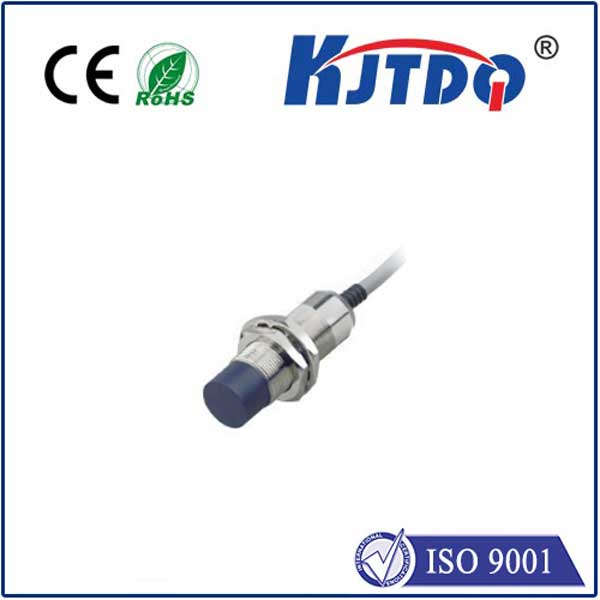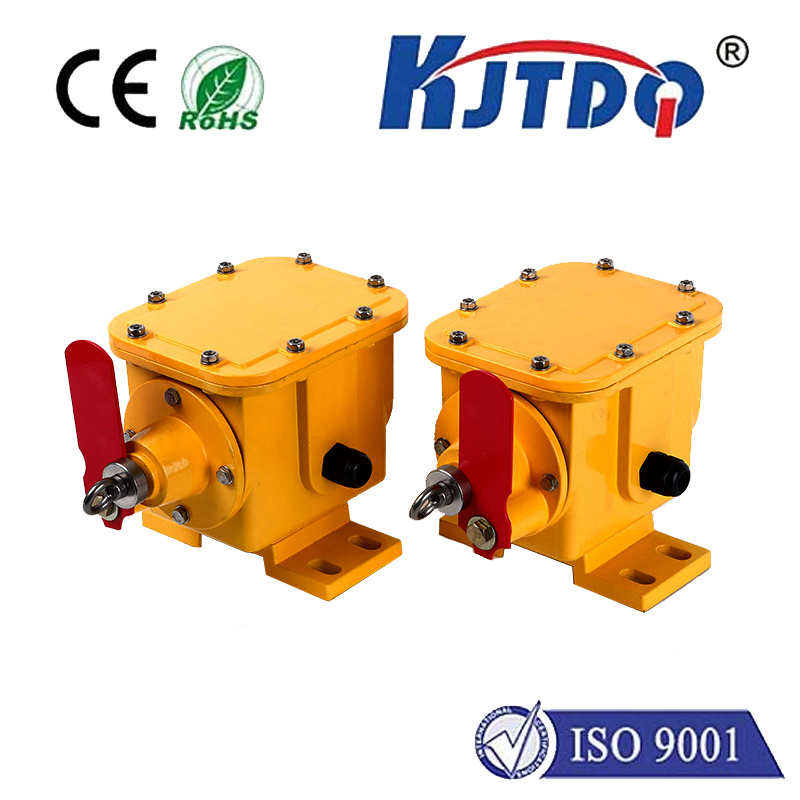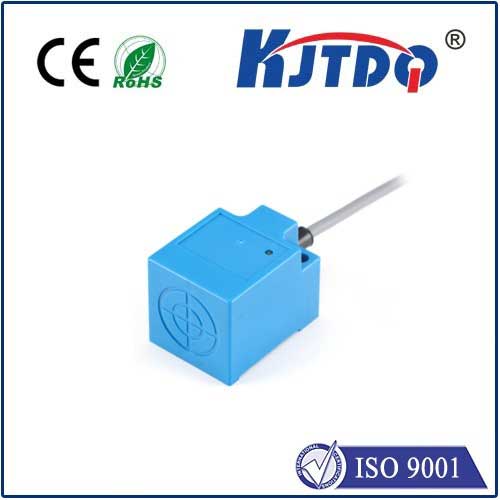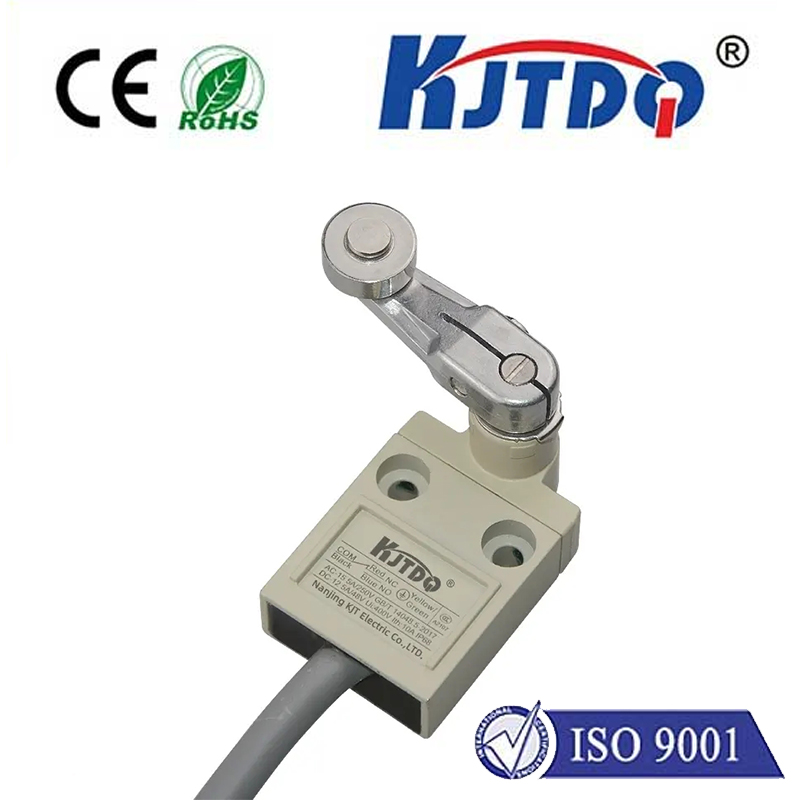
check

check

check

check
Title: The Versatile and Essential Role of Limit Switches in Button-Based Control Systems
Introduction: In modern technological systems, buttons have long been used as a primary mode of control. However, to achieve maximum efficiency and precision, these simple switches are often accompanied by a complex network of sensors and actuators. One such component is the limit switch, which plays a vital role in ensuring the safe and reliable operation of button-based control systems. This article delves into the various aspects of limit switches, their functions, and their importance in maintaining the smooth functioning of these systems.
Section 1: Understanding Limit Switches
Limit switches, also known as safety switches or dead-man switches, are mechanical devices that detect the state of contact between a moving part and an obstacle or limit. They are typically used in industrial applications, but their applications can be found in many other fields as well. In button-based control systems, limit switches are often used to provide an additional layer of safety by preventing the activation of a control signal when a button has not been pressed fully.
Section 2: The Role of Limit Switches in Button-Based Control Systems
The main function of limit switches in button-based control systems is to ensure the safe and reliable operation of these systems. When a button is pressed, it causes a change in the state of the system, either by opening or closing a circuit, turning on or off an engine, or any other action required by the control system. If the button is not pressed fully, it may cause unintended effects, such as damaging equipment, injuring personnel, or disrupting operations. Limit switches help to prevent these incidents by detecting if the button has been pressed fully and only allowing the control signal to be processed if it has.
Section 3: Types of Limit Switches
There are several types of limit switches available for use in button-based control systems. These include magnetic limit switches, optoelectronic limit switches, and pneumatic limit switches. Each type has its own advantages and disadvantages, depending on the specific requirements of the application. For example, magnetic limit switches are typically used for high-speed applications where precise detection is required, while pneumatic limit switches are better suited for applications where low noise levels and a long lifespan are important.
Section 4: Maintenance and Care of Limit Switches
Like any mechanical component, limit switches require regular maintenance and care to ensure their proper functioning. This includes checking the electrical connections regularly to ensure they are clean and free from corrosion, as well as testing the switch to ensure it is working correctly. It is also important to ensure that limit switches are installed according to manufacturer instructions and guidelines to prevent damage during installation or operation.
Conclusion: In conclusion, limit switches play a crucial role in ensuring the safe and reliable operation of button-based control systems. By providing an additional layer of safety through detection of incomplete button presses, these essential components help to prevent accidents and keep operations running smoothly. With their versatility and reliability, it is clear why limit switches are considered one of the most important components in modern industrial control systems.
